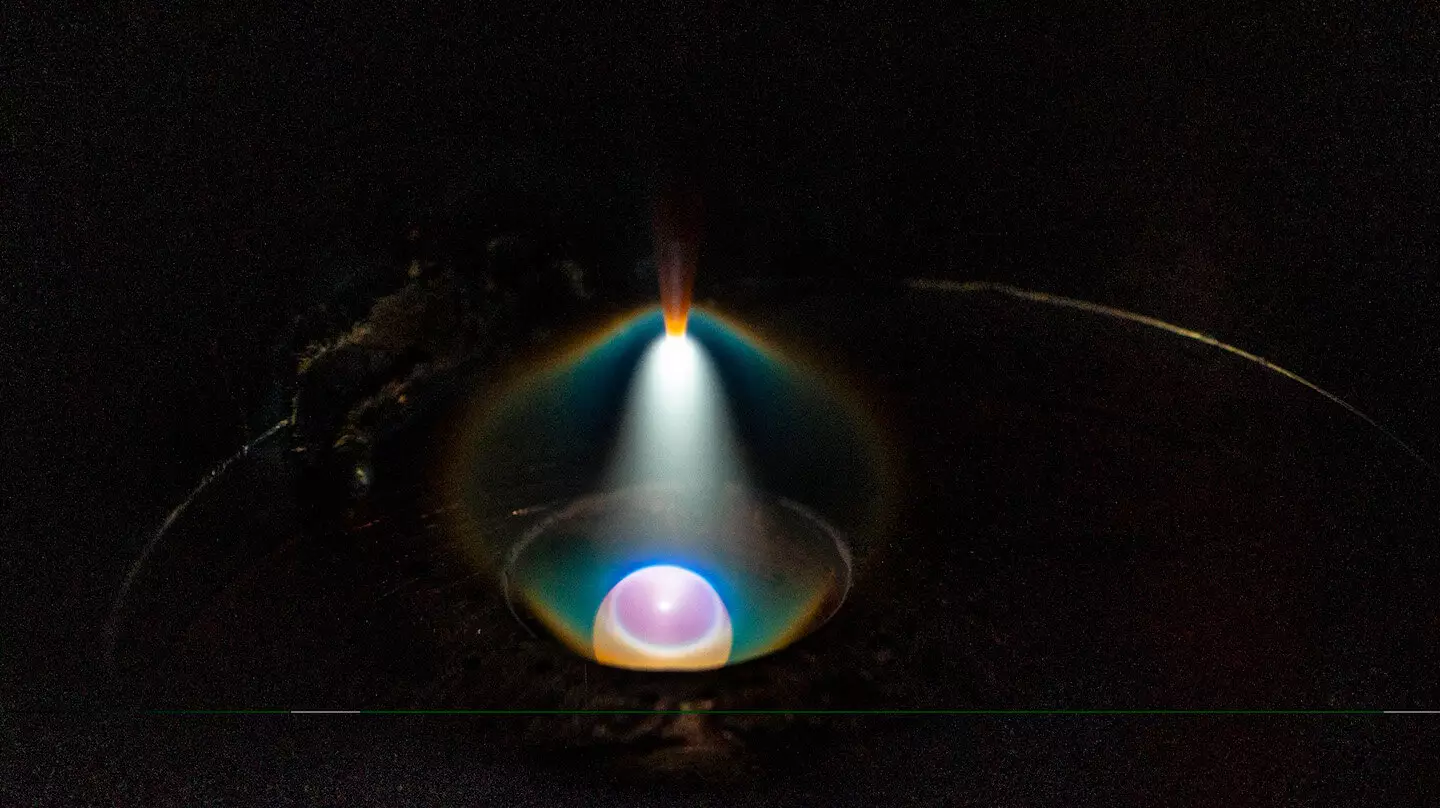In the realm of materials science, few issues pose as significant a challenge as finding alloys that can withstand the extreme conditions of contemporary applications. With a melting point of around 2,500 degrees Fahrenheit, steel, while revered, can’t meet the requirements for certain highly demanding conditions found in environments such as outer space or icy Desolation Row in the Arctic. Traditional alloys often fall prey to vulnerabilities under excessive exposure to heat, cold, and pressure, raising critical questions about their future utility in these specialized fields.
As the nation’s missions increasingly venture into these extreme environments, the urgency for developing novel materials that maintain their integrity is more pronounced than ever. The search for solutions has pointed scientists towards multi-principal element alloys (MPEAs) — a class of materials engineered from multiple elements in nearly equal proportions. Unlike their traditional counterparts, MPEAs show remarkable resilience across a broad spectrum of environmental challenges. Their superior hardness, strength, toughness, and corrosion resistance position them as the frontrunners in advancing materials science.
A New Frontier: The Promise of Multi-Principle Element Alloys
MPEAs hold the potential to redefine our understanding of material performance. These robust alloys not only demonstrate impressive physical properties but also expand the horizon for unique functionalities — essential characteristics for electronics and magnetic devices. Their development represents not just an incremental improvement but rather a paradigm shift in how we approach the creation and testing of new materials.
The groundbreaking efforts of researchers at the Johns Hopkins Applied Physics Laboratory (APL) emphasize the need for a more sophisticated methodology in alloy design. By exploring complex microstructures that integrate a wealth of localized data, they have established a faster and more efficient approach to MPEA design. Employing unique pathways that connect alloy phases with mechanical properties, their work heralds a new era in alloy production, capable of delivering vast amounts of information from mere handfuls of samples.
Intelligent Design: Using Algorithms for Material Discovery
Critical to this innovation is the collaboration between APL and researchers from the Johns Hopkins Whiting School of Engineering, wherein advanced algorithms have been harnessed to accelerate material discovery. Specifically, the team utilized a physics-informed Bayesian optimization algorithm, dubbed PAL 2.0, adept at sifting through vast possibilities to recommend MPEAs that maximize hardness while providing an extensive database for future development.
The intrigue of this discovery lies in its efficiency; unlike conventional deep learning systems that rely on vast datasets, PAL 2.0 thrives with limited data points — around a mere dozen suffices to yield useful predictions. This facilitates a remarkable closed-loop cycle: data is generated and analyzed in rapid succession, enabling researchers to iterate on compositions effectively. The approach exemplifies how small-scale samples can yield insights pivotal to alloy research, effectively revolutionizing material design cycles.
Navigating Complexity: Experimental Techniques and Insights
The variety of experimental techniques employed at APL further enhances the richness of data obtained from these alloys. Methods such as scanning electron microscopy (SEM) and energy-dispersive X-ray spectroscopy (EDS) provide invaluable insights into phase compositions, vital for understanding the relationships between microstructure and mechanical properties. Add to this the element of nanoindentation, a process whereby a microscopic tip probes the sample to gauge hardness, and one gains a comprehensive toolkit that maximizes the potential of these new compositions.
The amalgamation of data across various methodologies allows for the identification of unknown phases during the testing process. This is transformative; not only does it open avenues for discovering entirely new materials, but it also permits researchers to map the behavior of these alloys with unprecedented precision. The ongoing collaboration between materials scientists like Eddie Gienger and Lisa Pogue fosters a conducive environment for innovation, highlighting the interplay between meticulous data collection and insightful analysis.
Charting a Path Forward: The Future of Alloy Research
The expedition into MPEAs is just the beginning of a profound materials revolution. With the established pipeline capable of generating over 7,000 unique data points detailing 17 alloy compositions, the potential for future discoveries is staggering. This approach provides essential pathways to engineer alloys tailored for specific applications, such as enhanced hardness under extreme conditions — a critical need as we push the boundaries of exploratory missions in hostile environments.
By systematically nurturing the mechanical properties of these new materials, we stand on the brink of significant advancements in countless sectors reliant on robust alloy solutions. As research agencies like APL continue to develop rapid assessment tools, the landscape of materials science is set to transform dramatically. The synergy between high-throughput characterization and intelligent design processes symbolizes a leap toward a stronger future — one where alloys not only meet but exceed the demands of contemporary exploration.

